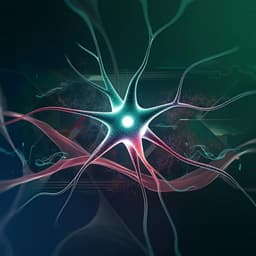
Health and Fitness
Rethinking aerobic exercise intensity prescription in adults with spinal cord injury: time to end the use of "moderate to vigorous" intensity?
M. J. Hutchinson and V. L. Goosey-tolfrey
Discover groundbreaking insights from researchers Michael J. Hutchinson and Victoria L. Goosey-Tolfrey as they delve into the complexities of aerobic exercise intensity for adults with spinal cord injury. This study uncovers why fixed percentages for intensity prescription may not be the best approach, paving the way for tailored exercise strategies.
~3 min • Beginner • English
Related Publications
Explore these studies to deepen your understanding of the subject.







